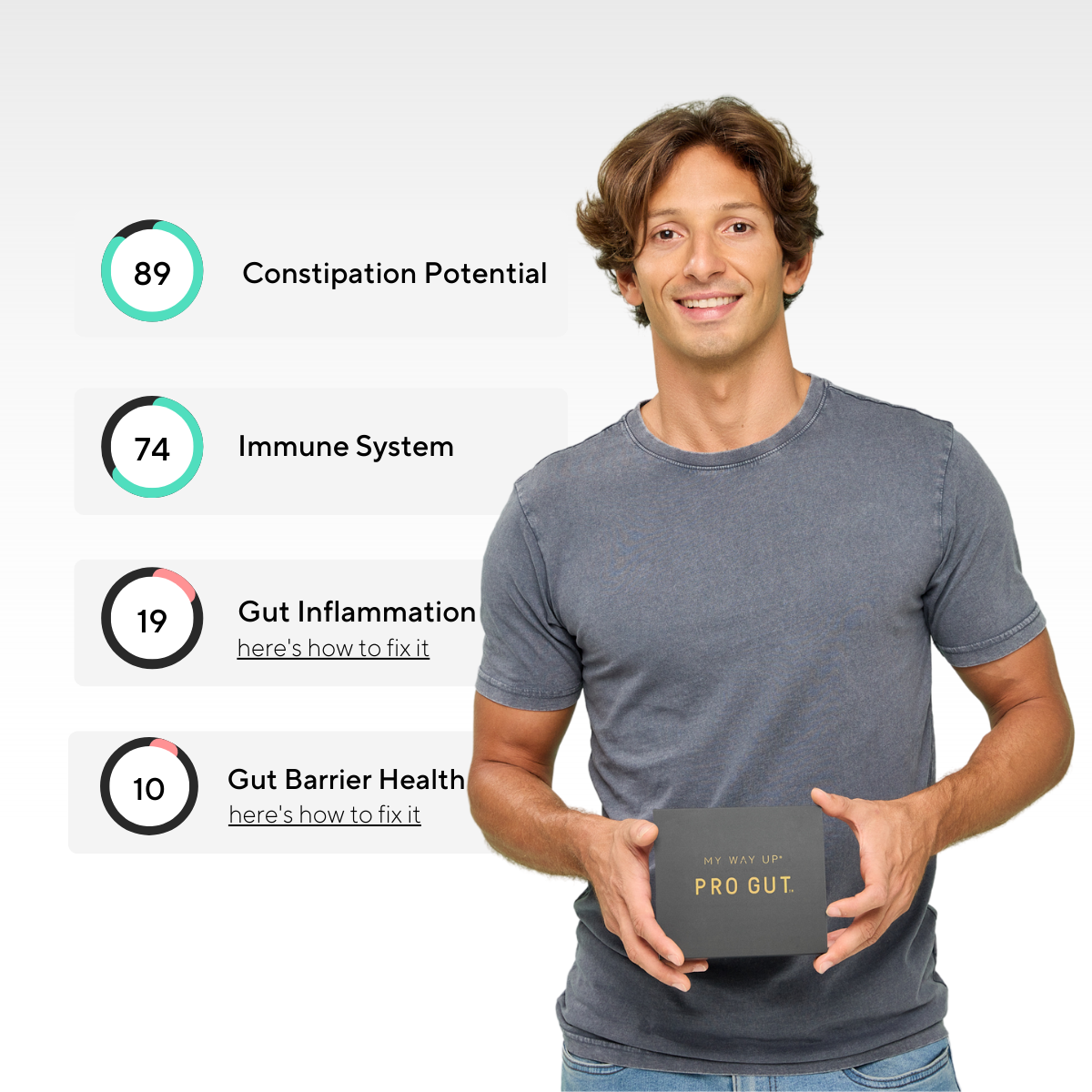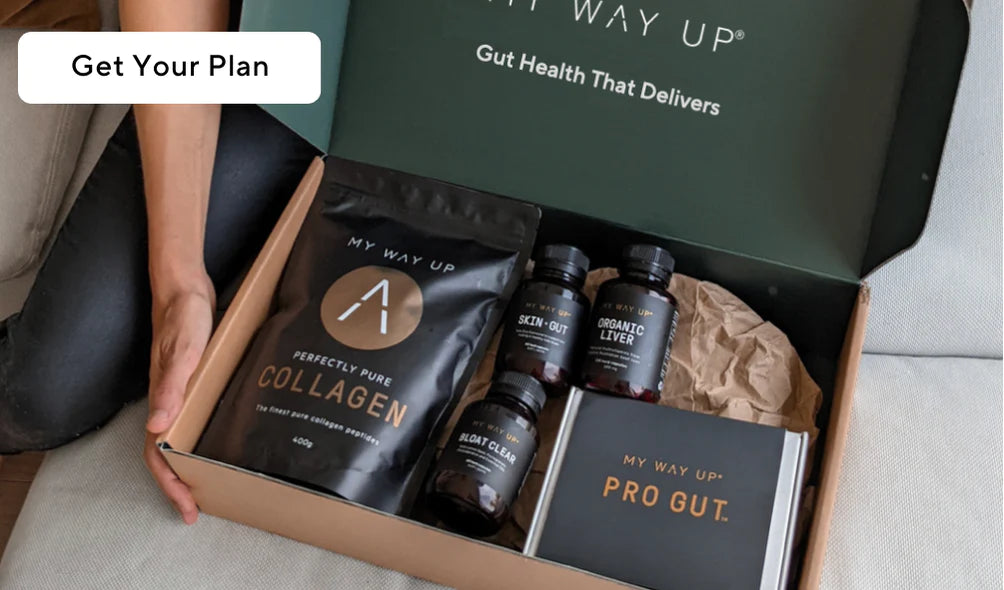Beginner Sourdough Starter Recipe | Making a sourdough starter at home is not a complicated process - you just mix flour and water together and wait. Before you know it, you'll have your own bubbly, active starter ready to make sourdough bread at home. Sourdough starter is a "wild" yeast, made from flour, water and the wild yeast in the air-around us - u | Making a sourdough starter at home is not a complicated process - you just mix flour and water together and wait. Before you know it, you'll have your own bubbly, active starter ready to make sourdough bread at home. Sourdough starter is a "wild" yeast, made from flour, water and the wild yeast in the air-around us - u Beginner Sourdough Starter Recipe | Making a sourdough starter at home is not a complicated process - you just mix flour and water together and wait. Before you know it, you'll have your own bubbly, active starter ready to make sourdough bread at home. Sourdough starter is a "wild" yeast, made from flour, water and the wild yeast in the air-around us - u | Making a sourdough starter at home is not a complicated process - you just mix flour and water together and wait. Before you know it, you'll have your own bubbly, active starter ready to make sourdough bread at home. Sourdough starter is a "wild" yeast, made from flour, water and the wild yeast in the air-around us - u Beginner Sourdough Starter Recipe | Making a sourdough starter at home is not a complicated process - you just mix flour and water together and wait. Before you know it, you'll have your own bubbly, active starter ready to make sourdough bread at home. Sourdough starter is a "wild" yeast, made from flour, water and the wild yeast in the air-around us - u | Making a sourdough starter at home is not a complicated process - you just mix flour and water together and wait. Before you know it, you'll have your own bubbly, active starter ready to make sourdough bread at home. Sourdough starter is a "wild" yeast, made from flour, water and the wild yeast in the air-around us - u Beginner Sourdough Starter Recipe | Making a sourdough starter at home is not a complicated process - you just mix flour and water together and wait. Before you know it, you'll have your own bubbly, active starter ready to make sourdough bread at home. Sourdough starter is a "wild" yeast, made from flour, water and the wild yeast in the air-around us - u | Making a sourdough starter at home is not a complicated process - you just mix flour and water together and wait. Before you know it, you'll have your own bubbly, active starter ready to make sourdough bread at home. Sourdough starter is a "wild" yeast, made from flour, water and the wild yeast in the air-around us - u





















